Biblioteca de la Aldea Artística Seohak (서학예술마을도서관)
497.9M 2024-10-15
Seohak-ro 12-1, Wansan-gu, Jeonju-si, Jeonbuk-do
Jeonju Waengi Kongmulgukbap Specialty Restaurant (전주 왱이콩나물국밥전문점)
509.9M 2025-07-14
88, Dongmun-gil, Wansan-gu, Jeonju-si, Jeonbuk-do
Pabellón Cheongyeonru del Puente Namcheongyo (남천교 청연루)
520.0M 2024-04-06
Cheongyeong-ro 40, Wansan-gu, Jeonju-si, Jeonbuk-do
El puente Namcheongyo es el puente principal que conduce a la Aldea Tradicional de Gyo-dong de Jeonju desde el barrio de Seohak-dong de la ciudad de Jeonju. A través de un importante proyecto de regeneración urbana, toda el área del puente Namcheongyo tuvo una renovación que mejoró la infraestructura disponible, agregando incluso el pabellón Cheongyeonru al puente. Los visitantes pueden disfrutar de una vista panorámica de la zona desde este pabellón de estilo tradicional hanok y al mismo tiempo refugiarse del sol en un día caluroso.
Omokdae e Imokdae (오목대와 이목대)
533.8M 2025-07-10
Girin-daero 55, Wansan-gu, Jeonju-si, Jeonbuk-do.
Omokdae está situado en la cima de una colina y se trata de uno de los lugares donde Yi Seong-gye (quien se convirtiera más tarde en el rey Taejo, el primero de la dinastía Joseon) hizo una parada para celebrar su victoria de camino a casa tras la guerra contra los invasores japoneses, al final de la era Goryeo. Enfrente de Omokdae está Imokdae, situado cerca de los pies del monte Seungamsan, donde se encuentra Chimyeongjasan, un monumento católico. En este lugar, Mokjo (antepasado del rey Taejo) solía jugar con sus amigos a representar guerras de niño, una acción muy simple que aparecería después en 'Yongbieocheonga', una balada del siglo XV que narra los logros culturales de la nación.
Gaeunchae (가은채)
554.9M 2025-07-18
68-13, Hanji-gil, Wansan-gu, Jeonju-si, Jeonbuk-do
Gaeunchae is a hanok stay in Jeonju Hanok Village, Jeonbuk-do, constructed of wood in the traditional way without using nails. The location is ideal for local sightseeing as it’s close to Jeonju Craft Masters Hall, the Traditional Wine Museum, Seunggwangjae (home of the last Joseon prince Yi Seok), and Dakjong Hanji Doll Workshop. The exceptionally scenic alleyways around Gaeunchae are part of a Village tour. In the yard visitors will see different types of stone used as paving or decoration: granite, mica, and other local stones, all hand-trimmed by our ancestors.
Museo de Licor Tradicional de Jeonju (전주 전통술박물관)
573.7M 2024-05-07
Hanji-gil 74, Wansan-gu, Jeonju-si, Jeonbuk-do.
El museo desea recuperar los métodos tradicionales de producción del licor que se adecúe al estilo actual. Para cumplir esta meta, establece clases llevadas a cabo por maestros quienes revelan sus secretos de elaboración del licor, y, de esta manera, los visitantes podrán preparar su propio licor casero. También trata de difundir la cultura tradicional de tomar el licor, elegantemente, como la costumbre que tenían los antepasados. En particular, el museo también se esfuerza para promocionar y propagar el licor tradicional de Corea, de tal manera que establece eventos y festivales periódicamente. Además, los turistas extranjeros que visiten la ciudad de Jeonju tendrán la oportunidad de degustar el licor en este museo.
Pungpaejigwan de Jeonju (전주 풍패지관 (전주객사))
597.8M 2024-05-14
Chunggyeong-ro 59, Wansan-gu, Jeonju-si, Jeonbuk-do
2521 (이오이일)
599.7M 2025-07-17
5-19, Omokdae-gil, Wansan-gu, Jeonju-si, Jeonbuk-do
Calle Gaeksa-gil (객사길)
621.3M 2024-04-06
Jungang-dong 2-ga 10-1, Wansan-gu, Jeonju-si, Jeonbuk-do
Jeonju Nanjang (전주난장)
642.5M 2024-04-06
Dongmun-gil 33-20, Wansan-gu, Jeonju-si, Jeonbuk-do
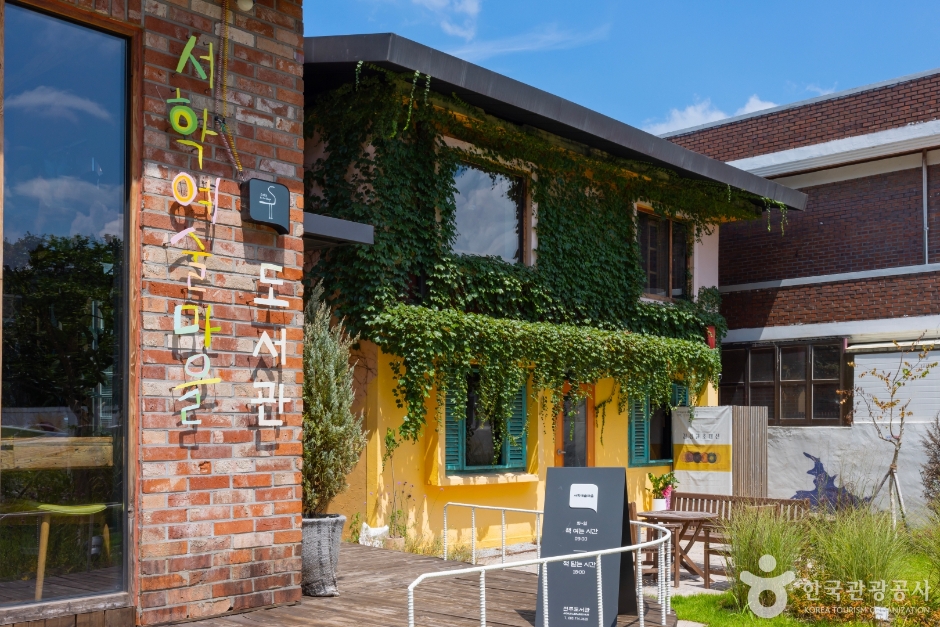

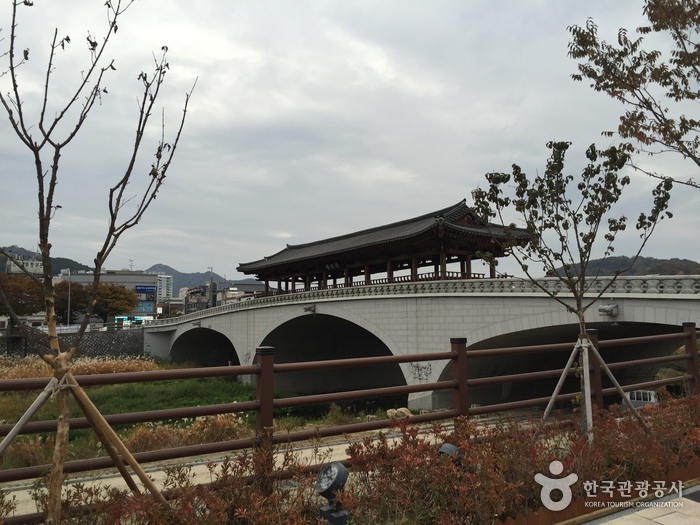
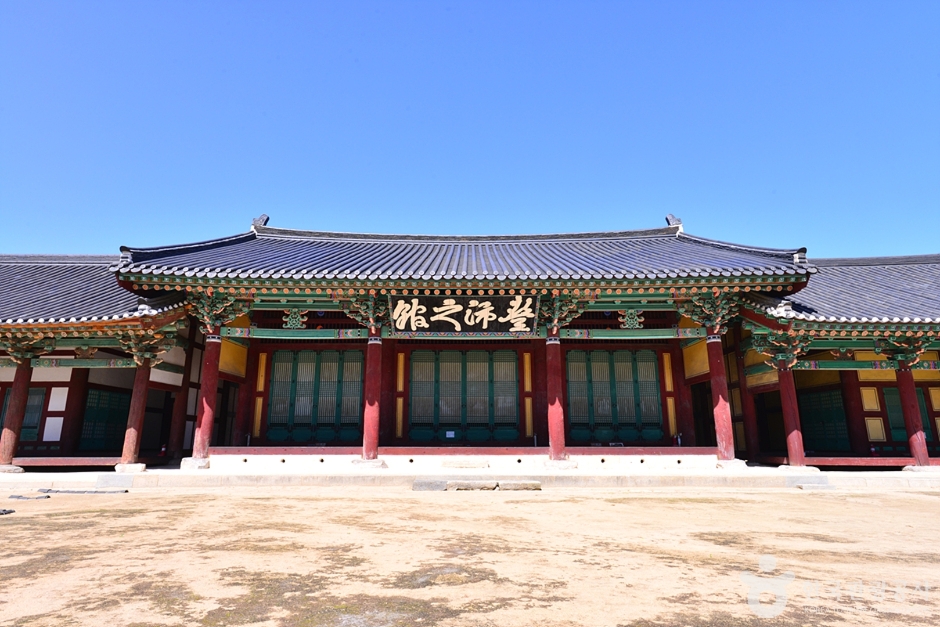
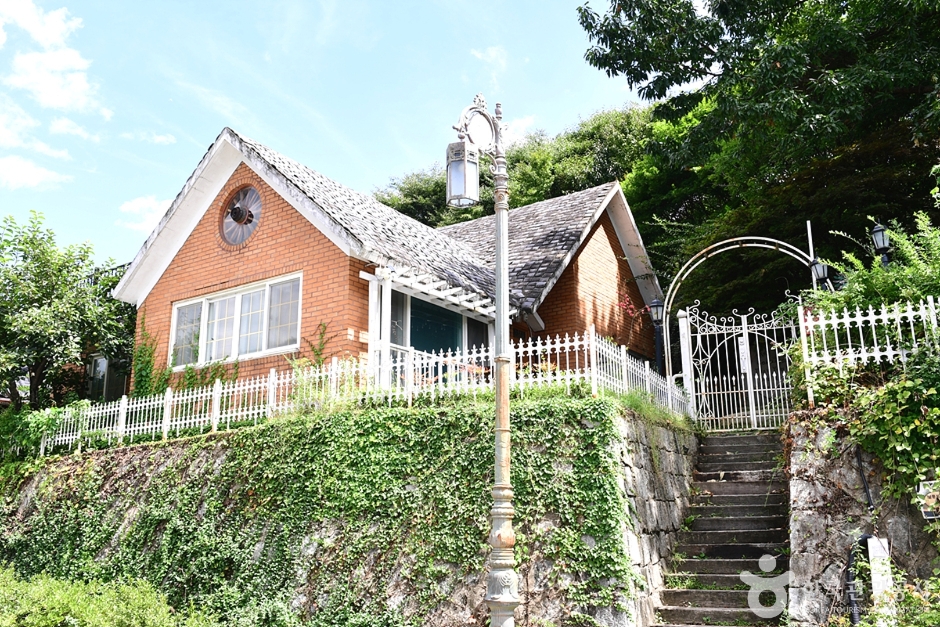
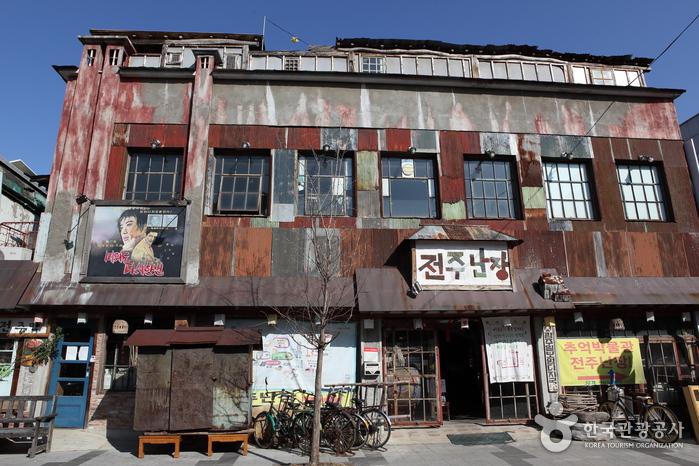
 Español
Español
 한국어
한국어 English
English 日本語
日本語 中文(简体)
中文(简体) Deutsch
Deutsch Français
Français Русский
Русский